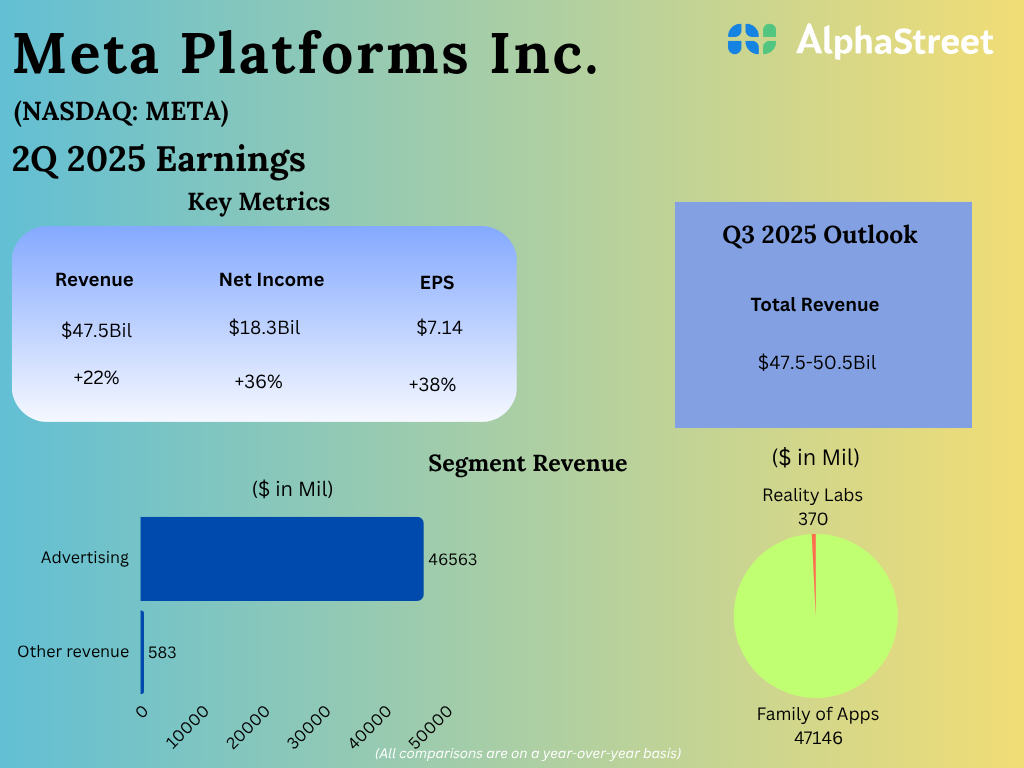Software quality assurance engineers know there’s no such thing as “defect free” software. It’s all about making a judgment call as to when none of the outstanding defects qualify as showstoppers. Even the miraculous system that makes up the human body makes mistakes. “A genetic disorder is a disease caused in whole or in part by a change in the DNA sequence away from the normal sequence,” says the NHGRI. Some 5,000 diseases are caused by mutating DNA which could be corrected by editing the genes that are causing the problem. That’s the gene-editing investment thesis in a nutshell, and it’s why investors have been poring over the list of 27 gene stocks out there trying to select the winner(s). Today, we’re going to look at the 28th gene-editing stock to come across our radar – Prime Medicine (PRME) – which recently announced plans to have an initial public offering (IPO).
We believe Prime Editing technology has the potential to provide life-long cures after a single treatment.
Credit: Prime Medicine
About Prime Medicine Stock
In our recent piece on Beam Therapeutics (BEAM) we talked about how Prime Medicine had raised $315 million to bring the world “prime editing,” a new gene-editing technology with the potential to address more than 90% of known disease-causing mutations. As usual, the latest gene-editing technology is lauded as the greatest. Prime Medicine believes that while each gene-editing technology differs, the barriers that prohibit one or more of the existing technologies from addressing genetic diseases widely include:
- Limits in the types of edits they can make
- Limits in the types of cells in which they can make edits
- Limits in the precision of gene correction
- Reliance on double-stranded breaks
- Inability to correct the mutated gene at its physiological site
Prime is coming out of the gate with a portfolio of 18 therapeutic programs classified into four different buckets.
- Immediate target indications: Deliberately chosen as potentially the fastest, most direct path to demonstrate technological success of Prime Editing in patients.
- Differentiation target indications: Address the underlying cause of severe genetic diseases with therapeutics that could not have been created before, especially using other gene-editing approaches.
- “Blue sky” indications: Intended to push new and innovative technological developments in Prime Editing and extend its application beyond rare genetic diseases. Lower priority.
- “March up the chromosome” approaches: Overarching vision to correct the full set of mutations in a particular gene. This category overlaps with other strategic indication categories.
The first category is the one we’re most interested in. Prime Medicine needs to prove their technology platform can successfully deliver an approved therapeutic, as does every gene-editing company rushing to be the first to cure a disease. To be seen as a platform that churns out therapeutics, it’s important to get one out the door as quickly as possible. Below you can see their pipeline where we’ve highlighted two therapies that the company says they’re primarily focused on, one being the sickle cell disease treatment they’re co-developing with Beam Therapeutics.

As you can see above, having a therapy approved as an Investigational New Drug (IND) by the FDA is an important next step for every one of the 18 candidates under development.
An IND is an exemption from the FDA that allows an unapproved product candidate to be shipped in interstate commerce for use in an investigational clinical trial. An IND filing also acts as a request for FDA authorization to administer investigational products to humans. The FDA requires a 30-day waiting period after the filing of each IND to review the IND to determine whether human research subjects will be exposed to unreasonable health risks. At any time during this 30-day period, the FDA may impose a clinical hold or partial clinical hold. In this case, the IND sponsor and the FDA must resolve any outstanding concerns before clinical trials can begin.
The First IND Submission
Prime Medicine’s technology is subjected to quality assurance measures as is any other. The S-1 filing talks about how they’ve improved it enough to start pursuing IND applications.
We have been focused on developing the manufacturing processes both internally and partnering with suppliers to ensure the quality of the Prime Editor components needed for preclinical studies, and IND submission.
Credit: Prime Medicine
They claim to have achieved quality levels that will pass IND submissions and that’s the next milestone we’re watching for. The first IND filing that passes through the FDA gauntlet will be a vote of confidence for Prime Medicine, one that will likely be accompanied by share price volatility (provided the IPO goes through, of course). The first candidate seems to be the “chronic granulomatous disease” treatment according to the following statement made by Prime:
Based on these results, we will select a development candidate from a selection of leading Prime Editors for this program and initiate IND-enabling studies.
Credit: Prime Medicine
After evaluating all the technical details of their pipeline candidates (none of which can be understood without a strong technical background which our MBAs don’t have), the above comment seems to be indicative of the candidate that’s most likely to see an IND filing first.
Beam Therapeutics and Myeloid Therapeutics
Several events occurred close to the IPO filing date which are worth noting. The first is a patent granted just eight days ago which the company describes as “a major milestone.”
The ‘770 Patent is the first issued Prime Editing patent in our licensed patent portfolio and we believe it will be instrumental in protecting our Prime Editing platform and pipeline of gene editing programs.
Credit: Prime Medicine
The S-1 filing makes it a point to talk about how much intellectual property is out there, and the critical importance of Prime’s licensing agreements with Broad Institute and Hahvahd. “As of June 2019, it was reported that approximately 2072 patent families worldwide related to CRISPR gene editing inventions and their uses,” says Prime Medicine which has partnered with two companies so far – Beam Therapeutics and Myeloid. The latter is a company that’s providing technology that Prime may need to expand the applicability of their technology, so it involves Prime paying out:
This retrotransposon-based approach is complementary to Prime Editing and, if successfully deployed alongside Prime Editing, could expand the applicability of our technologies towards our goal of more broadly addressing human diseases.
Credit: Prime Medicine
As for the relationship between Beam Therapeutics and Prime, it’s complicated for a number of reasons. The co-founder of Prime Medicine – world-renowned leader in the field of gene editing David Liu – happens to be a co-founder of Beam Therapeutics (he also co-founded Editas Medicine). There are no current plans for Dr. Liu to be an officer or director of Prime Medicine following this offering:
He is expected to continue to provide consulting services to us pursuant to a consulting agreement, which has a current term that runs through September 2025 and accommodates a previous commitment with respect to Beam Therapeutics Inc., which could result in or may create the appearance of a conflict of interest. He is also expected to retain his position and affiliation with the Broad Institute, Inc., Howard Hughes Medical Institute and Harvard University.
Credit: Prime Medicine
It so happens that Broad Institute and Harvard are two institutions that Prime Medicine is licensing intellectual property from which are making out quite well from the deal. In addition to the usual royalty structures, Prime Medicine has pledged to contribute $5 million a year annually to Broad Institute and Harvard for 14 years with a recent amendment stating that David Liu, who is a member of the Broad Institute and a faculty member at Harvard, can use the funding in his labs. That’s where he’ll likely be working on the next flavor of gene editing which will be superior to the rest.
Another event shows an attempt at creating more of a distance between Beam and Prime Medicine. Beam initially appointed its CEO, John Evans, to Prime’s board of directors, but he resigned from that position just several weeks ago.
Conclusion
Provided the primitive humans don’t engage in mutually assured destruction, there will be a point in time where all genetic diseases will be cured using a single treatment. Unless we start gene editing at the germline, these therapies will be administered to manage all people born with harmful genetic mutations. With 5,000 diseases out there attributed to mutations, there’s plenty of room for more than one winner.
Prime Medicine is behind the eight ball regarding pipeline progress, but claims to have the superior technology. If their technology is that good, it means their pipeline should progress at a decent clip with few impediments. We’d like to see more clinical progress and partners before considering an investment here.
Tech investing is extremely risky. Minimize your risk with our stock research, investment tools, and portfolios, and find out which tech stocks you should avoid. Become a Nanalyze Premium member and find out today!
















